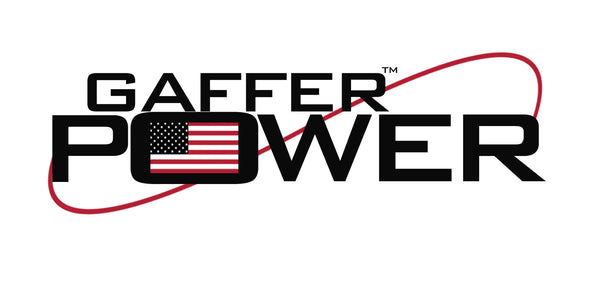Adhesion and Cohesion: The Fundamental Forces
Adhesion is the attraction between two different substances, in this case, the tape and the surface it's adhering to. This attraction arises from the interactions between the atoms or molecules on the surface of both materials. For example, the adhesive on a tape might form weak chemical bonds with the molecules of a cardboard box.
Cohesion, on the other hand, is the internal attraction between the molecules of the adhesive material itself. This force keeps the adhesive together and helps it maintain its structure.
The Role of Van der Waals Forces
One of the key players in adhesion is a group of forces known as Van der Waals forces. These forces are a result of temporary shifts in electron density within a molecule, creating temporary positive and negative charges. When two molecules come close enough, these temporary charges induce a weak attraction between them.
Adhesive tapes are engineered to take advantage of these forces. The adhesive material is designed to have molecules that readily form Van der Waals interactions with a wide range of surfaces.
Surface Energy and Wetting
Another crucial factor is surface energy. Surfaces with high surface energy (like metals or glass) readily accept adhesives. Low surface energy materials (like certain plastics) are more resistant to adhesion. To enhance adhesion on low-energy surfaces, tapes often come with special adhesives or primers.
Wetting is a term used to describe how well a liquid or adhesive spreads across a surface. The better a tape wets a surface, the more intimate contact it makes, leading to stronger adhesion.
Viscoelasticity: The Tape's Deformation Ability
Adhesive tapes possess a property called viscoelasticity. This means they can deform under stress and then return to their original shape once the stress is removed. This deformation allows the tape to conform to irregularities in a surface, increasing the contact area and hence the adhesion.
Time and Temperature: The Importance of Application Conditions
Adhesive properties can change with time and temperature. For example, some adhesives become more effective over time due to the continued action of Van der Waals forces. Temperature also plays a role; many adhesives work best within a certain temperature range.
The science behind adhesive tapes is a fascinating interplay of adhesion and cohesion forces, Van der Waals interactions, surface energy, and viscoelasticity. Engineers and material scientists continually work to refine adhesive formulations for specific applications, leading to a wide array of tapes tailored for different purposes.
Next time you use a strip of tape to mend a torn page or seal a package, you can appreciate the complex science behind its simple act of sticking. Adhesive tapes are a testament to the ingenuity of human engineering, harnessing the fundamental forces of nature to solve everyday problems.
 USA SHIPPING
USA SHIPPING MONEY BACK GUARANTEE
MONEY BACK GUARANTEE 1000+ HAPPY CUSTOMERS
1000+ HAPPY CUSTOMERS


